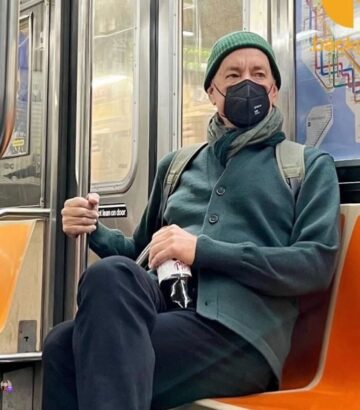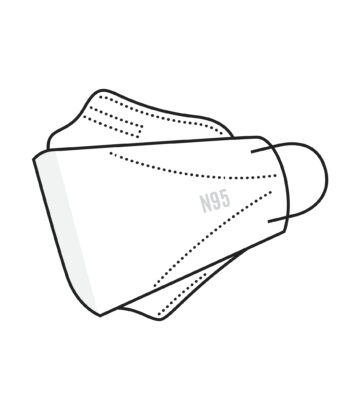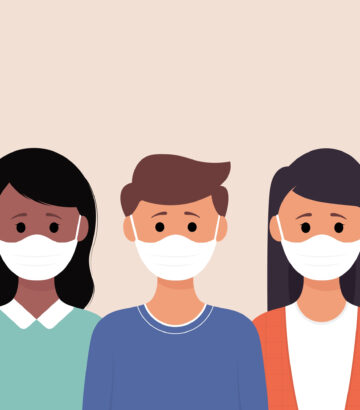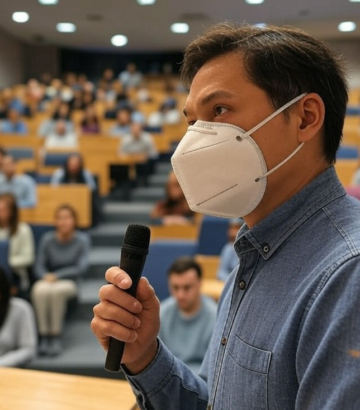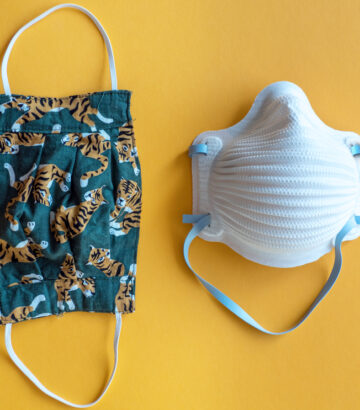Fit Testing of Masks
Performing a fit test ensures that your respirator mask fits well with a good seal all around, eliminating gaps that would allow air to get around it and into your lungs, or escape when you exhale.
There is an important difference between respirator masks — N95s, KN95s, KF94s or elastomerics — and surgical or cloth masks. Cloth masks don’t fit or filter well. Surgical masks filter but don’t fit well. They are only designed to protect you from splashes, but they do not block the aerosols which transmit Covid-19 and other illnesses. These types of masks will fail fit testing, although surgical masks can be modified for improved fit. Respirator masks are designed to filter the air that goes through their material before you breathe it in, and they also filter the air you breathe out, protecting others. NIOSH approved N95s are respirator masks that have headloop straps which generally provide a better fit and seal.
Checking the fit can be done at home. One method is to perform a user seal check: breathe in and then out, while cupping your hands near the edges of the respirator. While it is normal to feel (filtered) air passing through the material, pay attention to whether there is any noticeable (unfiltered) air flow around the edges or around the bridge of your nose, which may feel like a sensation of coolness. This should be performed every time you put on a respirator.
Another method is to use a commercial or DIY fit test kit. Fit testing with a kit determines whether a respirator provides a reliable seal against inhaling viral aerosols and becoming infected, and against exhaling unfiltered aerosols and infecting others. Fit test kits use your sense of taste to detect any leaks in your respiratory protection that would allow unfiltered air to enter or escape.
Commercial fit test kits include hoods, sweet (saccharine) or bitter (bitrex) solutions, and a nebulizer to spray the solutions through a hole in the hood using specific, easy to follow steps. If you do not taste the solution, your respirator passes the fit test. If you do taste it, try to modify the fit, or select a different style of respirator to test.
References:
– Quick reference guide: qualitative fit testing (PDF, 649.50 KB)
– Rainbow passage typically used for talking test (PDF, 50.87 KB)
– OSHA user seal check protocol
– Infographic: Why fit matters (PDF, 111.33 KB)
– Fit testing hygiene during Covid-19 (PDF, 3.58 MB)
– Facial hair & respirator fit testing policy (PDF, 287.63 KB)
– Quantitative fit testing of respirators (PDF, 186.29 KB)
– FAQ: Fit testing (PDF, 308.95 KB)
– Tips for managing respiratory fit testing programs (PDF, 717.25 KB)
Learn more at 3m.com, allegro.com, osha.gov
